The 8 Best Tasting Freshwater Fish to Eat
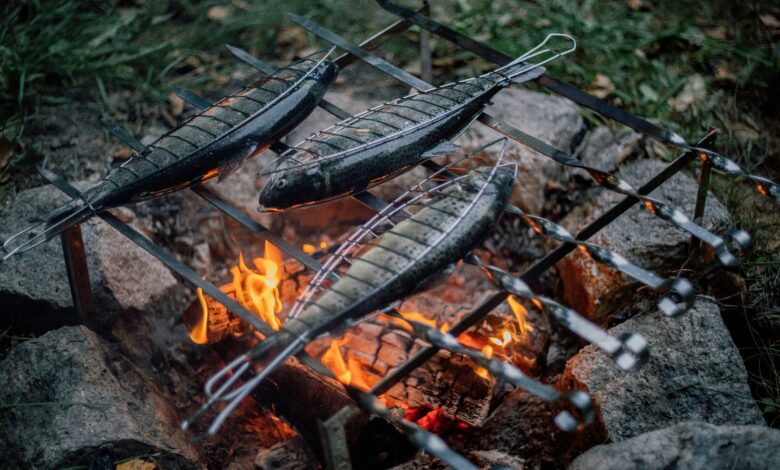
Here is a common question among foodies and anglers – what is the best freshwater fish to eat?
In truth, it is hard to point out a definite answer to that. Freshwater fish have a range of varied tastes and it is not unusual for everyone to have their own favorite choices.
If you are not someone who lives near the coast, including fresh fish in your daily diet involves consuming freshwater species. This list includes some of my personal favorites, as well as other best-eating fish found in most of the US rivers and lakes.
Want to see the latest walleye recipe? As one of the best tasting freshwater fish, we recommend checking out the video below for more.
1. Walleye: The Crown Jewel
Often marked as the freshwater sport fish in the US, Walleye have a firm texture and the flesh does not have the typical fishy odor.
Connoisseurs often debate the taste of Walleye as it can differ based on the region. Generally, it has a subtle flavor that is mildly sweet. In the end, it is the buttery texture that makes the walleye so amazing. Quite simply, they are the best-tasting fish you can catch.
When it comes to Walleye, I am a purist and prefer consuming them pan-fried or broiled. Another great option is grilling Walleye fillets using butter and herb seasoning. Some also suggest grilling it with tequila and lime. Since it has a mild taste it can absorb the flavors of other ingredients effectively, resulting in some delicious table fare.
Shallow windswept lakes with plenty of spawning zones are some of the best spots for catching Walleye. The city of Port Clinton, located on Lake Erie is termed the Walleye capital of the world. Lake of the Woods in Minnesota and Green Bay in Wisconsin and Michigan are other excellent Walleye habitats.
2. Catfish: A Southern Delicacy
The three main varieties of catfish found in the US are the Channel, Flathead, and Blue Catfish. These ever-hungry fish are great fun to catch and there are a variety of best catfish baits you can use.
Flatheads are a popular choice as their flesh is tender and sweeter. Since they have a reputation as bottom-feeders, one common myth about catfish is that they have a “muddy taste”. However, Catfish caught from clean waters have a mild and sweet flavor along with a delicate texture. For some, the flavor is similar to chicken and the light profile makes it easy to combine with other cuisines.
Since wild Catfish feed on a wider variety of food, they have a distinctly different flavor than farm-raised catfish. No matter which variety you choose, make sure to cook it fresh to get the best flavors. Keep it on ice if you need to store it for longer periods. If you are buying Catfish, avoid the ones with slimy skin and a strong fishy odor.
Catfish have always been an integral part of Southern cuisine. The crispy fried Catfish with a cornmeal coating and dipped in buttermilk is a classic Southern delicacy.
A tomato-based Catfish stew with spices, potatoes, and onions is the other popular dish. Baked Catfish fillets with butter, lime, and herbs are another dish worth trying.
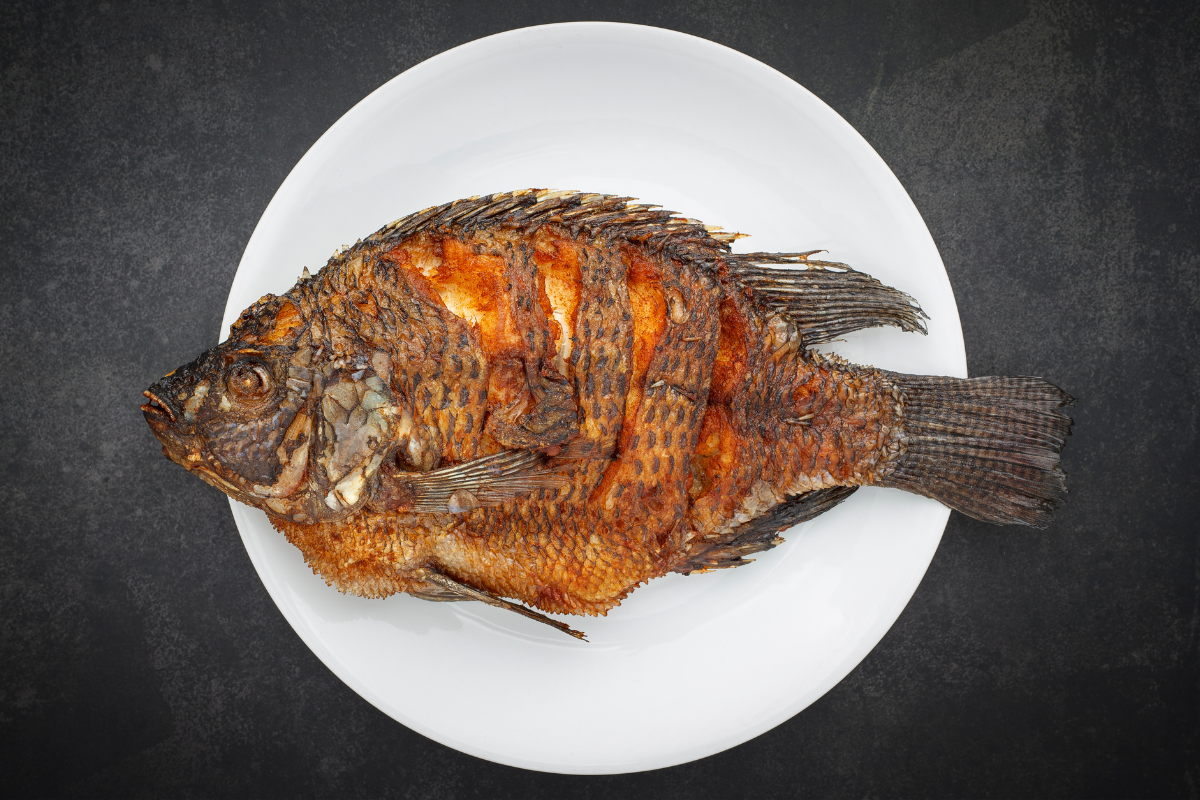
3. Panfish: Crappie and Bluegill
Not only are panfish easy to catch, but they also taste great. Crappie and Bluegill are the most common panfish varieties and they are some of the most delicious freshwater fish you can cook. Both varieties have a mild and sweet flavor with fine-textured flesh.
The big advantage of panfish is they strike at a wide variety of baits- both artificial and natural. In terms of tackle, all you need is a light-action rod, a hook, a split shot, and a small bobber. Casting the bait in 0 to 10 feet of water is good enough. These fish have an excellent sense of sight and smell and will move up from deeper waters.
Many newbie anglers have this question – is Crappie good to eat? Honestly, both Crappie and Bluegill taste good and it is hard to pick between them. I find Bluegill slightly more tasty and the firmer flesh makes it easier to cook. Then again, crappie is bigger, which makes it easier to cut out fillets from them.
Panfish can even be fried with the skin on which works great with smaller ones. Or else, fry them skinned with the bone in. Toss them in flour and coat them with egg wash before frying. You can also bake the fillets in the oven.
4. Trout: A Versatile Favorite
Trout – the universal favorite- is an oily fish and has a different flavor than most other freshwater fish. Along with its highly in-demand cousin, the Salmon, it belongs to the large Salmonidae family. The common Trout variants are Rainbow Trout and Brown Trout or Lake Trout. Rainbow Trout is more flavorful than Brown Trout with a mild taste and a touch of buttery notes.
That said, the taste of Rainbow Trout varies. Stocked Rainbow Trout are mostly raised on fish pellets and lack a flavor profile. I suggest researching the farmer to ensure the farm cares about quality before buying farm trout. In contrast, wild Trout are more active and enjoy a diverse diet. So they taste much better than stocked ones.
Note that climate change and habitat destruction are some main causes of the decline in the Trout population. Trout conservation and sustainable fishing practices are essential for preserving the biodiversity in aquatic ecosystems.
One of the easiest ways to consume Trout is to bake it in the oven after drizzling the fillets with olive oil. Cooking it in a skillet with olive oil is another excellent option. Add some garlic, lemon juice, pepper, and fresh parsley to make it delicious.
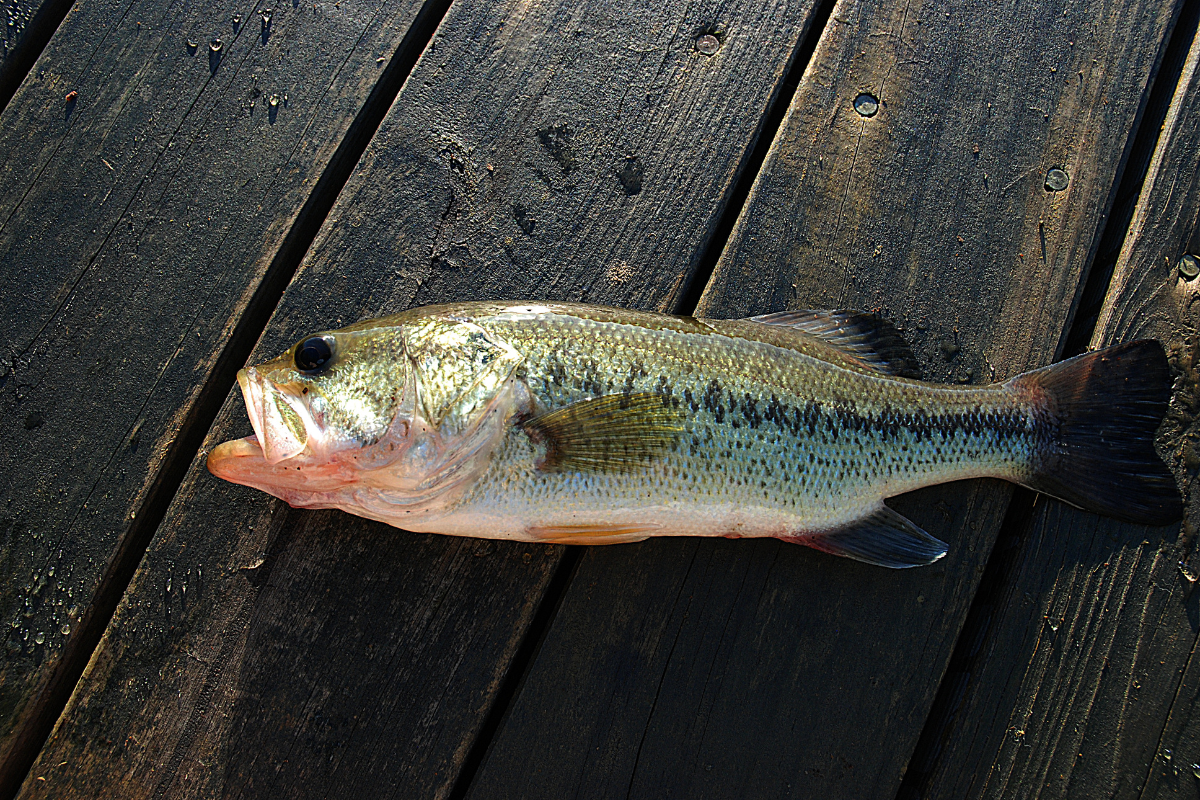
5. Bass: A Controversial Choice
There are multiple Bass varieties and they do not taste the same. When it comes to Largemouth and Smallmouth Bass have white flesh with a firm texture and clean taste. Most anglers find largemouth more fishy than smallmouth though. Smallmouth is also sweeter than Largemouth and it combines better with seasonings.
The easiest way to cook Bass is to pan-fry the fillets with butter and vegetable oil. The other option is to bake the fish after greasing it with olive oil or butter. Now, if you are frying largemouth, the smell can get offensive. The best way to avoid this is to use the right mix of spices and seasoning.
Removing the skin and bloodline is a good idea before cooking bass. With Smallmouth, I suggest using a less intense spice blend. This prevents the mild, sweet taste from drowning out entirely.
When it comes to summer Bass fishing, “release vs. keep” is a touchy topic. Eating a Bass that has been caught on the road is a satisfying accomplishment for an angler. On the other hand, catch and release is one of the best practices for preserving aquatic resources. However, the mortality rate of the fish caught and released is one aspect you need to consider.
6. Northern Pike: An Underrated Delight
For me, Pike meat is one of the most tasteful among all freshwater fares, especially in late winter and spring. Since Pike are large, you get abundant succulent meat from a single fish. The flesh has a firm texture and sweet taste. In some ways, you may find it similar to Bass. Besides, Pike does not have that “fishy” taste, unless they get baked under the sun after being caught.
Processing Northern Pike is tricky as their outer skin is super slimy. You need to learn the right techniques and use a sharp knife to remove the dreaded Y-bones from the flesh. Some avoid Pike for this reason, but once you get used to the process, filleting them is not that difficult.
Also, make sure that the skin never touches the meat while filleting. This will also help in avoiding the pungent odor that is one reason for Pike meat being overlooked.
Once you have managed to cut the meat into fillets, cut them further into small strips to prepare fried Northern fingers. You can grill the fillets directly after marinating them in lemon juice, oil, salt, and parsley. You can also purchase a great fish marinade.
Another recipe I love is oven-baking them after adding some chopped tomatoes and red onions over the filets.
7. Perch: A Culinary Treasure
When it comes to White Perch and Yellow Perch, there is a big debate between foodies as to which tastes better. Yellow Perch is found in most lakes and river basins in the northeastern US. White Perch is mostly found in rivers draining into the Atlantic. Overall, they are abundantly available and are a popular target.
Both varieties have a sweet taste and the flesh has a crumbly texture. If you like a stronger taste, you might prefer White Perch. With Yellows, the flesh is firmer and it tastes milder. That keeps the fillets stable even at higher cooking temperatures. But no matter which one you pick, you will be rewarded with a great flavor. However, some Yellow Perch may have grubs, which are a nuisance.
Traditional Perch recipes involve frying the fillets in a mix of olive oil and butter – a dish that is popular in the Midwest. It is then served with a sauce of yogurt and mustard. Another option is to coat the fillets with a layer of flour and lemon pepper before pan-frying in butter. Beginner cooks can bake Perch fillets with some lemon juice, white pepper, paprika, garlic powder, and salt.
8. Tilapia: A Family-friendly Nutrient Source
Once an obscure fish, Tilapia has come into the limelight in the last fifteen years. The skyrocketing popularity of this fish is due to many factors, and perhaps one of them is its flavor. Tilapia is not the best-tasting freshwater fish, but it tastes more like chicken.
Consider it a healthy fish that doesn’t taste fishy. No wonder tilapia is termed as the “aquatic chicken”.
Tilapia is a more moderately priced option than fish like salmon. Besides, it does not have the typical fishy smell, and the delicate flavor and firm texture make it an easy-to-cook succulent delight
You can combine tilapia with a wide variety of recipes and it tastes great every time. Baking and grilling are the easiest options for cooking tilapia. If you prefer pan frying, it is best to use vegetable oil.
Tilapia is found in shallow freshwater estuaries and also in brackish waters and is among the easier fishes to catch. Streams, ponds, and lakes in Florida, Texas, and Alabama are the right spots for catching tilapia. Since they are herbivores, you can use plant-based baits like bread balls and peas. I would suggest combining smaller-sized bait with a light tickle.
Looking for a fish that is a powerhouse of essential nutrients? Well, you cannot go wrong with tilapia.
The fish is not just rich in protein, but also in vitamin B12, vitamin D, and omega-3 fatty acids. Besies, the FDA has listed tilapia among the different fish to eat that are great for pregnant women.
Now, there are some concerns about how tilapia are raised on a farm and may contain toxins. As long as the farms follow the fish safety standards, there should be no reason for concern.
Responsibly farmed tilapia, or any other fish for that matter, are free from toxins and chemicals. Choose tilapia certified by a reputed organization like the Aquaculture Stewardship Council (ASC) or Naturland.
4 Best Ways to Cook Freshwater Fish
For any freshwater fish with light, flaky flesh, frying or broiling are the best options. Walleye, crappie, and bass are great for preparing fish fries. Salmon and trout have a firm texture that holds up well while turning on a grill or smoker. Then again, oily fish like salmon do not hold a coating well. So, I will not recommend deep frying them.
Pan fry
Frying works for most non-salt water fish and you can choose between pan fry or deep fry. I prefer deep frying and the most important part of it is to prepare the coating. That requires the following ingredients.
- One cup of all-purpose flour
- ½ cup cornmeal
- 1 tsp of onion powder
- 1 tsp of garlic powder
- Salt
- Pepper
Mix the ingredients with water, making sure not to dilute it too much. For the best results, use egg batter as a secondary dip. Dip the filets in the egg first and then in the coating and fry them in oil. Keep the oil temperature between 375 and 400 degrees.
Most freshwater fish filets are thin and they get fried quickly. Do not overcook and once the coating turns light brown, the fish is ready.
For those who wonder if bass is a good fish to eat, I suggest deep frying. You will be surprised by the delicious result.
Poach
Honestly, butter-poached salmon is one of my favorite dishes and it tastes amazing. Poaching fish is simple, and to get the best flavors, you need to make the poaching liquid flavorful. Start with the following ingredients.
- ¼ cup butter
- 1/8 tsp. kosher salt
- 2 tbsp. chopped fresh dill
- 1 clove smashed garlic
- 1 tsp. ground pepper
- 1 lime sliced in half
Melt the butter in the skillet til it sizzles. Then place the fatty cuts of salmon on the skillet, skin side down. Cook it for 3-4 minutes or more, depending on the thickness. Turn the salmon, cook for a minute more, and then remove to a serving plate. Sprinkle with salt.
Stir the dill, garlic, and pepper into the remaining butter in the skillet. Then squeeze the lime in it. Spoon the butter mix over each piece of salmon.
Blackened fish
Blackened fish is a classic recipe that requires a special blackening spice. It is easy to make and bass, tilapia, and catfish are good choices for preparing it. Here is what you will need for a pound of fish.
- 2 tbsp. hot paprika
- 1 tsp. salt
- 1 tsp. brown sugar
- 1 tsp. garlic powder
- ½ tsp. dried oregano
- 1 tsp. ground cumin
- 1 tsp. ground coriander
- 1 tsp. black pepper, ground
- ½ tsp. dried thyme
Mix the seasoning and give the filets a thorough spicy rub. Melt unsalted butter in a frying pan and sear the filets. The trick is to ensure that the fish turns black but does not get burnt. A couple of minutes per side should do the trick while adding a smoky flavor. Add a squeeze of lemon juice before serving.
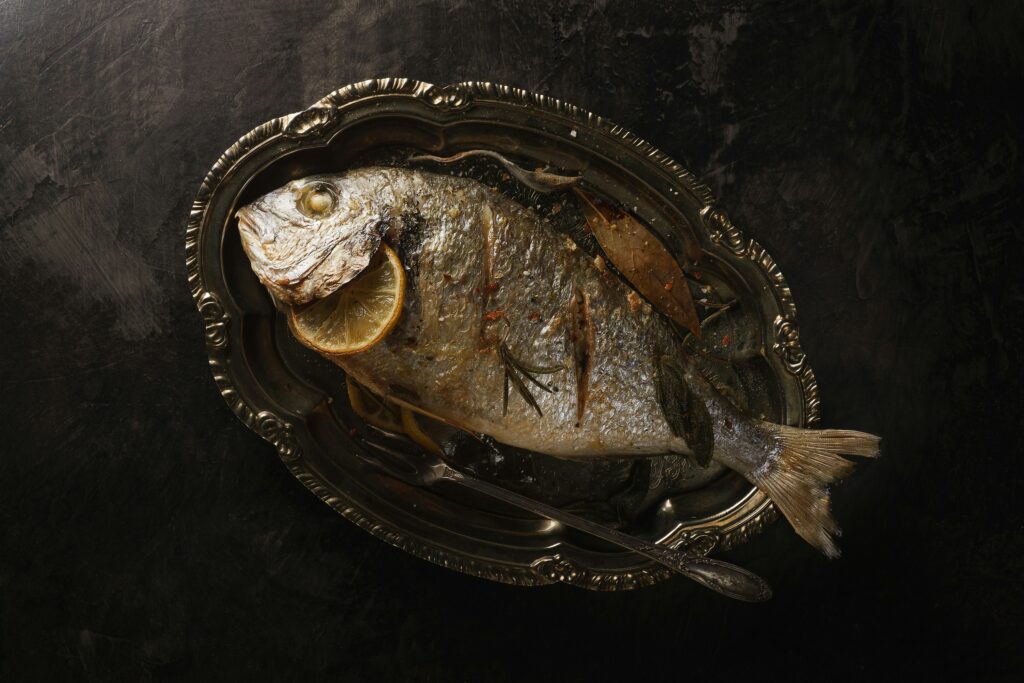
Broiled fish
Broiling works great with oily fish like salmon. Start by gathering the following ingredients.
- 1 lemon, sliced thin
- 1 tbsp. olive oil
- 2 tbsp. butter, melted
- 2 tbsp. lemon juice
- pepper
- Salt
Season the skinless fillets with salt and pepper while you preheat the broiler for 7 to 10 minutes. Place the fillets on the broiler pan and drizzle with butter and lemon juice. Broil about 7 inches from the flame.
The cooking time depends on the thickness of the fillets. Typically, 5 minutes per side in 1-inch thick fillets should be good enough.
Frequently Asked Questions
What is the most tasty freshwater fish?
Taste is subjective and different people will have different preferences about the fish that they find “most tasty”. While some prefer the rainbow and brook trout, others prefer the mildly sweet flavor of walleye. Whether you are an angler or a foodie, the freshwater fish included in this list are some of the best-tasting options that are readily available.
What tastes better, trout or bass?
Many consider trout among the best-eating freshwater fish. To me, a grilled trout with pepper and lemon tastes better than a bass. However, I would not say no to a fresh pan-seared bass meal either. The trout has a more refined and fresh flavor along with a delicate texture. If you prefer a more pronounced flavor, you might prefer bass.
Is crappie the best-tasting fish?
Yes, crappie do taste delicious and are counted among the best-tasting fish to eat. They have delicate flesh with a sweet taste that is great for frying or steaming.
What freshwater fish does not taste fishy?
Tilapia is one freshwater fish that does not taste fishy. Their mild flavor makes them ideal for those who do not prefer seafood.
Final Thoughts
So, these are some of the best-tasting freshwater fish to eat. Whether you are looking for healthy eating choices or some delicious culinary experiences, these are great options.
For anyone who prefers saltwater fish species, there are plenty of delicious freshwater species to discover. Plus, these fish are an excellent source of vital nutrients and omega-3 fatty acids.
No matter the season, these freshwater species offer plenty of angling opportunities. So, get going with the pre-spawn bass lures, or try hooking trouts with some live bait.


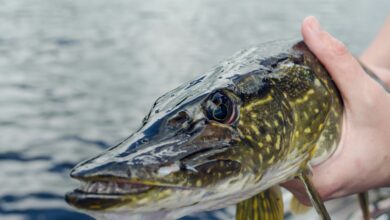
Helpful summary. To my tongue, fish is favorite fare. For those who love fish, it will set them to drooling. Thanks for sharing.